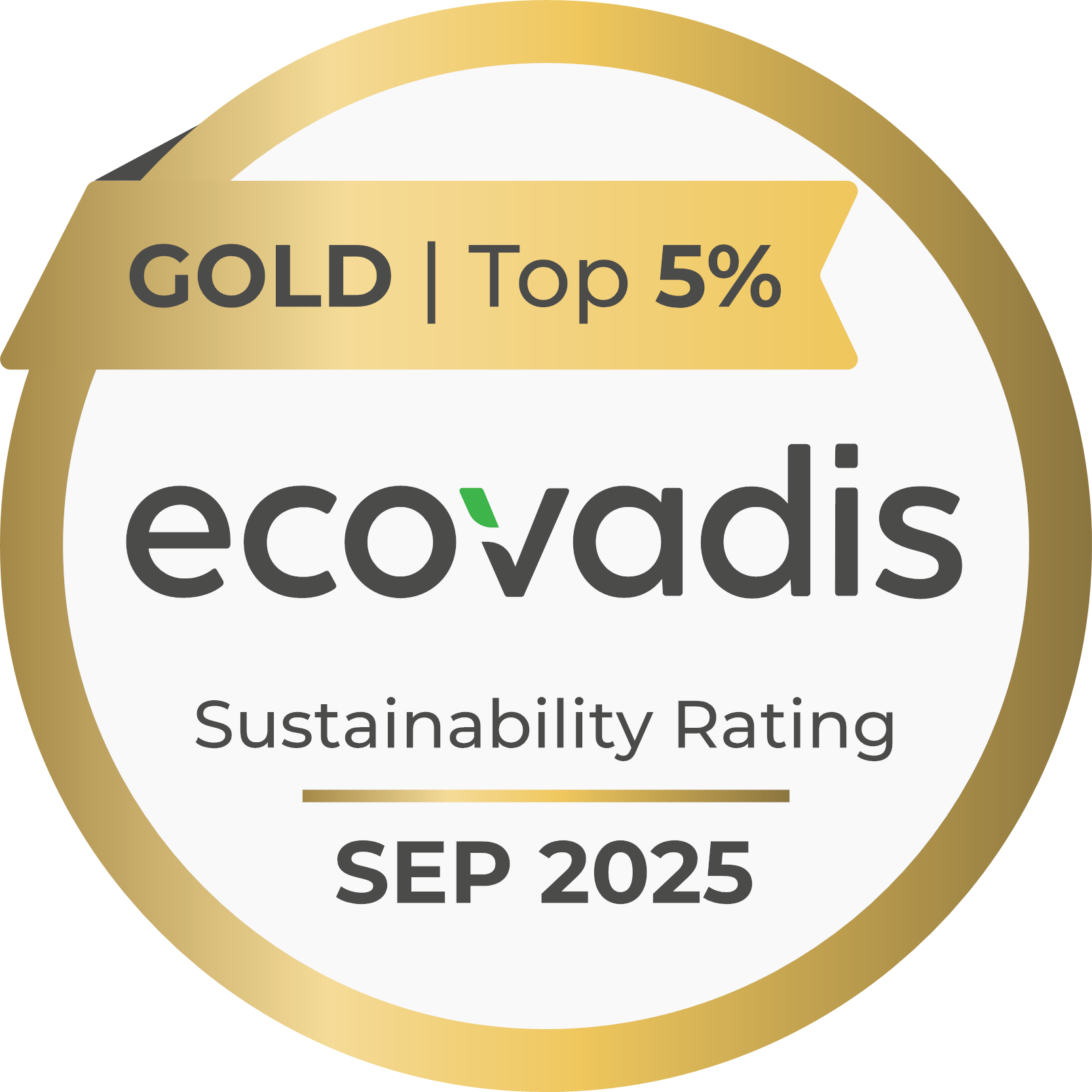But what is AI-powered personalization exactly?
AI-powered personalization involves the utilization of artificial intelligence and machine learning technologies and algorithms to customize digital experiences for customers based on their individual preferences, needs, and behaviors. This is an advanced approach that entails analyzing extensive datasets, enabling businesses to deliver highly personalized content, recommendations, and interactions across various platforms. Its goal is to generate data-driven insights and turn it into actionable optimization strategies to enhance customer engagement, cultivate brand loyalty, minimize churn, and optimize the overall user experience by providing relevant and timely information, products, or services customized to the specific needs of each user.
The power of AI-powered personalization
By leveraging AI, marketers can now gain a deeper understanding of their customers, anticipating their preferences and needs in real-time. This proactive approach allows companies to deliver not just what customers want, but also what they didn't know they wanted.
Research by CMSWire concludes that companies that derive benefits after implementing personalization are more likely to use AI and CX tools, but also more optimistic and enthusiastic about what these technologies can do for them, allowing them to achieve better results. Isn’t this a true competitive edge?
Benefits of implementing AI-powered personalization
One of the main benefits of AI-driven personalization is the ability to process immense amounts of data rapidly, enabling businesses to analyze customer interactions and behavior across various touchpoints. Through continuous learning and optimization, AI algorithms refine their predictions, ensuring that recommendations and content remain relevant and aligned with evolving customer tastes. This is crucial, because according to McKinsey & Company, 71% of consumers expect companies to deliver personalized interactions, and 76% get frustrated when this doesn’t happen.
Moreover, AI personalization is not confined to specific industries, spanning across sectors. In e-commerce, for example, it can analyze a customer's browsing history, previous purchases, and even social media activity to suggest products and promotions tailored to their preferences. Similarly, in the financial sector, AI can analyze a customer's transaction history, spending patterns, and financial goals to provide personalized investment advice, and recommend suitable financial products.
The result is a more meaningful and engaging experience, a win-win for both businesses and clients. Customers feel understood, appreciated, and valued as they encounter personalized recommendations, content and promotions. As stated by McKinsey & Company, 76% of customers believe that receiving personalized communications is a key factor in prompting their consideration of a brand. This sense of connection goes a long way in building brand loyalty, as consumers are more likely to choose brands that consistently deliver relevant and personalized interactions. As for businesses, AI-powered personalization contributes significantly to reducing customer churn and fostering loyalty. By continuously adapting to changing preferences and needs, companies address potential issues before they escalate, ensuring a smoother customer journey and preventing dissatisfaction or, ultimately, preventing the customer from walking away.
4 strategic tactics to implement AI-powered personalization
To attain the full potential of AI-powered personalization and drive conversions, companies need to adopt tactics that align with customer expectations. Let’s dive into four effective approaches:
1. Understand your audiences through data:
AI relies on data to function effectively. Investing in a robust data infrastructure that gathers and analyzes customer behavior, preferences, and demographics is the way to go, then. As mentioned by CMSWire, the most advanced, effective personalization is impossible without AI, centralized data and real-time insights. Therefore, by understanding the audience at a granular level, businesses create personalized experiences that resonate with their unique needs and desires.
2. Real-time personalization:
People expect instant gratification, and that’s why real-time personalization is a game-changer. Utilizing AI algorithms to process data in real-time, enabling companies to dynamically adjust content and recommendations based on the customer's current interactions and preferences, is the icing on the cake. However, companies still have a long way to go. According to research by Gartner, only 17% of marketing executives use AI and machine learning widely, even though 84% believe these technologies improve their capacity to create real-time, personalized experiences.
3. Omnichannel integration:
A report by Salesforce found that 74% of customers use more than one channel to complete a purchase. The importance of extending personalized experiences across channels cannot be overlooked by companies. In fact, statistics gathered by Google show that omnichannel strategies result in an additional 80% of store visits. Extending personalization across various channels with the help of AI, from the website and email campaigns to social media and beyond, helps to maintain consistency in personalized content delivery and ensures a seamless experience for customers, regardless of the platform they choose.
4. AI-human collaboration:
In the age of AI, human interactions matter more than ever. As stated by PwC, 82% of U.S. and 74% of non-U.S. consumers want more of it in the future. However, 59% of consumers feel that companies have lost touch with the human element of customer experience.
CMSWire research suggests that the transition between AI and human interactions is still rare but vital for a customer-centric approach. While AI significantly enhances processes, it still falls short of achieving a truly customer-centric focus. It’s safe to say that human interactions remain crucial for delivering meaningful and personalized experiences. However, AI can enhance the capabilities of human agents in achieving this goal.
Key takeaways
In essence, the power of AI-powered personalization lies in its ability to transform static, one-size-fits-all approaches into dynamic and individualized experiences, in a streamlined way.
To unlock its full potential, companies should:
Understand audiences through a robust data infrastructure
Adopt real-time personalization actions
Put an omnichannel approach in place
Assure seamless collaboration between AI and human channels.
While real-time personalization and omnichannel integration are key to meeting customer expectations, the human touch in AI-human collaboration remains vital for a truly customer-centric focus.
As businesses fine-tune their strategies with insights from data and customer feedback, and embrace a seamless blend of AI and human connection, they navigate shifting consumer preferences and needs in an innovative way. The result is a dynamic approach that not only handles these continuous changes but also crafts personalized interactions that authentically resonate with the audience.








